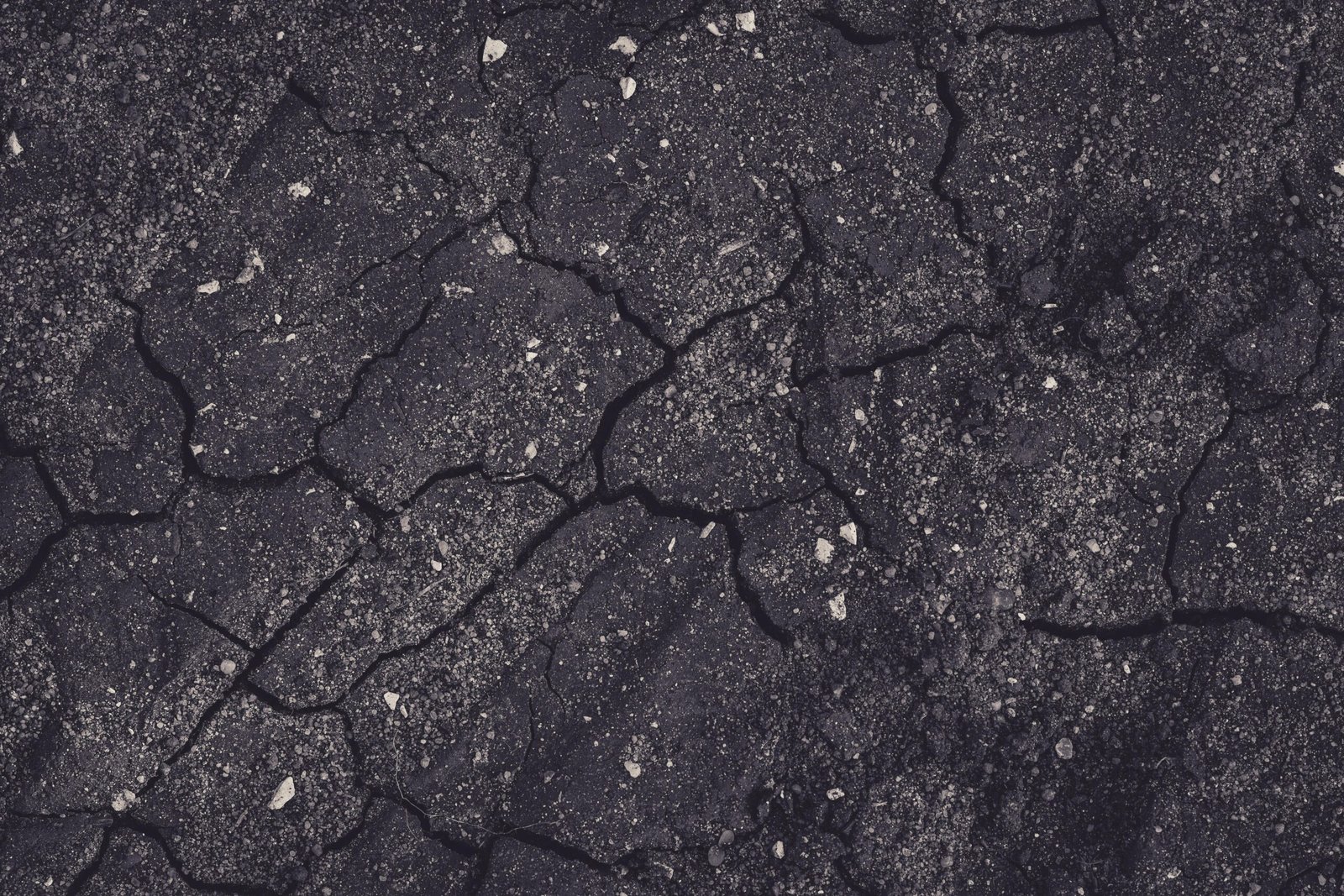Earthquakes strike without warning, so having an emergency kit ready can make a life-saving difference. This guide walks you through everything you need to build an earthquake emergency kit, how to use each item, and how to keep it maintained and ready at all times.
Let’s break it down step by step so you can feel confident and prepared.
Building Your Earthquake Emergency Kit
A well-stocked kit should cover your basic survival needs and help you respond safely in the immediate aftermath of an earthquake.
Core Supplies to Include
- Water: At least 1 gallon per person per day for 14 days
- Food: Non-perishable, ready-to-eat meals and high-calorie snacks
- First Aid Supplies: Gauze, bandages, antiseptic wipes, quick-clot kits, tourniquets, pain relievers, and prescription medications
- Lighting & Communication: Flashlights with extra batteries, headlamps, a hand-crank or battery-powered radio, and a phone charger or power bank
- Personal Protection: N95 respirators, gloves, sturdy shoes, and extra clothing
- Tools: Wrench to shut off utilities, multi-tool, duct tape, and work gloves
- Important Documents & Cash: Copies of IDs, insurance policies, property deeds, medical records, emergency contacts, and small bills stored in a waterproof container
Helpful Tip: If you’d rather save time gathering all these essentials individually, consider starting with a pre-assembled survival kit like the72 Hour 4-Week Emergency Food Supply from My Patriot Supply. It gives you a reliable base of long-lasting meals and core emergency gear you can build on.
Preparing a Grab-and-Go Bag
Your main kit stays at home, but you also need a smaller, portable bag you can quickly grab if evacuation becomes necessary.
Grab-and-Go Bag Checklist
- 3 days’ worth of water and non-perishable food
- Compact first aid kit
- Flashlight and extra batteries
- Lightweight blanket or emergency bivy
- Cash and essential documents
- Portable radio or emergency beacon
Keep this bag lightweight and ready by the door or in your car. Check and rotate supplies every few months.
Organizing and Maintaining Your Kit
An emergency kit is only useful if it works when you need it. Regular maintenance ensures all supplies stay safe and functional.
Maintenance Tips
- Inspect supplies quarterly to confirm they work
- Replace expired food, water, and medications every 6 months
- Update printed checklists, emergency contact info, and local evacuation routes annually
- Store items in a cool, dry, easily accessible place
- Practice opening containers and using equipment (like turning off utilities with a wrench)
| Task | Frequency |
| Comprehensive supply inspection | Quarterly |
| Replacement of expired items | Every 6 months |
| Checklist and procedure update | Annually |
Staying Prepared and Confident
By planning ahead and maintaining your earthquake emergency kit, you give yourself and your loved ones the best chance at staying safe during and after a seismic event. Preparation reduces panic and confusion, helping you respond quickly and effectively.
Final Takeaway
Earthquakes are unpredictable, but your response doesn’t have to be. A well-planned emergency kit—combined with regular upkeep—gives you peace of mind and a practical safety net. Build it, maintain it, and review it regularly so you’re always ready when it matters most.
If you want to speed up the process, you can also explore ready-made emergency kits and long-term food storage from My Patriot Supply to jumpstart your preparedness journey.
Frequently Asked Questions
Q: What are the most essential items for an earthquake emergency kit?
A: Water, food, first-aid supplies, flashlight, radio, N95 masks, cash, and important documents.
Q: How much water and food should I store?
A: Keep 1 gallon of water per person per day and 14 days of non-perishable food.
Q: What medical supplies should be included?
A: Bandages, gauze, antiseptics, tourniquets, quick-clot kits, OTC medications, and prescription meds.
Q: How should I store my emergency kit?
A: In a cool, dry location in waterproof containers. Inspect and refresh items every 6 months.
Q: What tools are useful in an earthquake kit?
A: Utility shutoff wrench, multi-tool, duct tape, gloves, flashlight, phone charger, and a water filter.
Q: What documents should I include?
A: IDs, insurance policies, deeds, medical info, emergency contacts, and bank documents.
Q: How does a grab-and-go bag differ from the main kit?
A: It’s lighter and portable, with 72 hours of essentials for quick evacuation.

